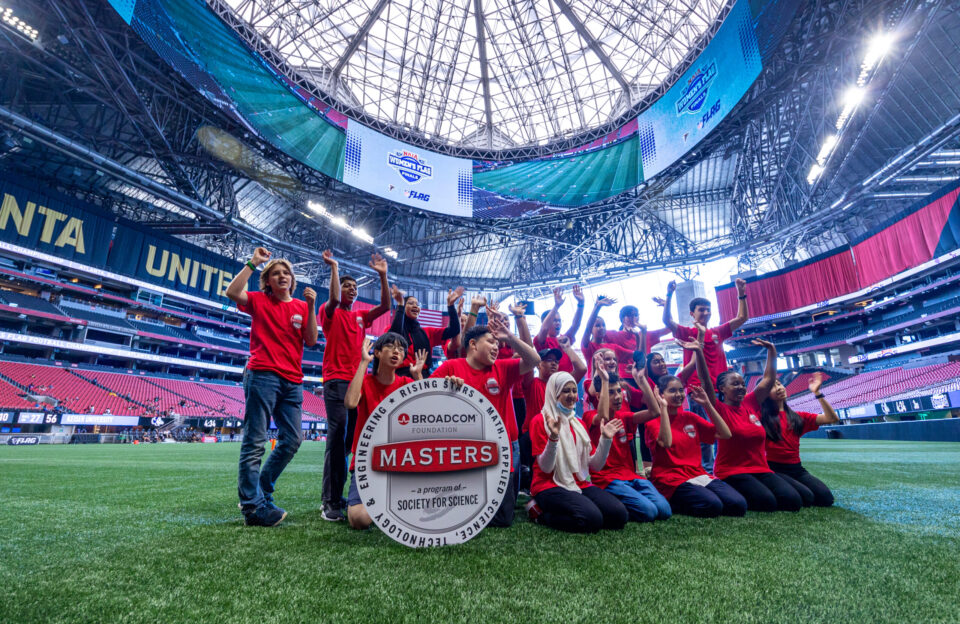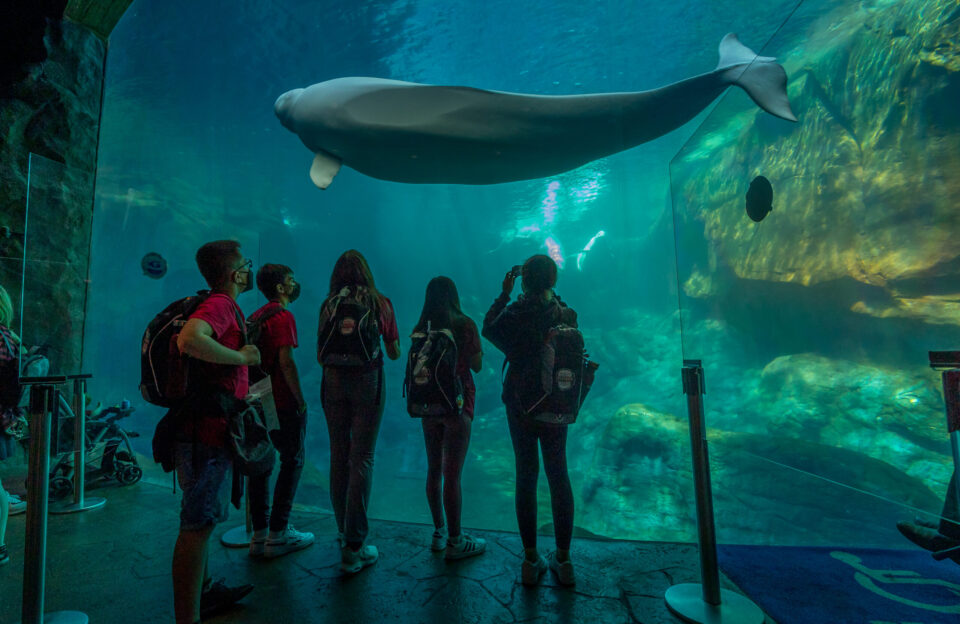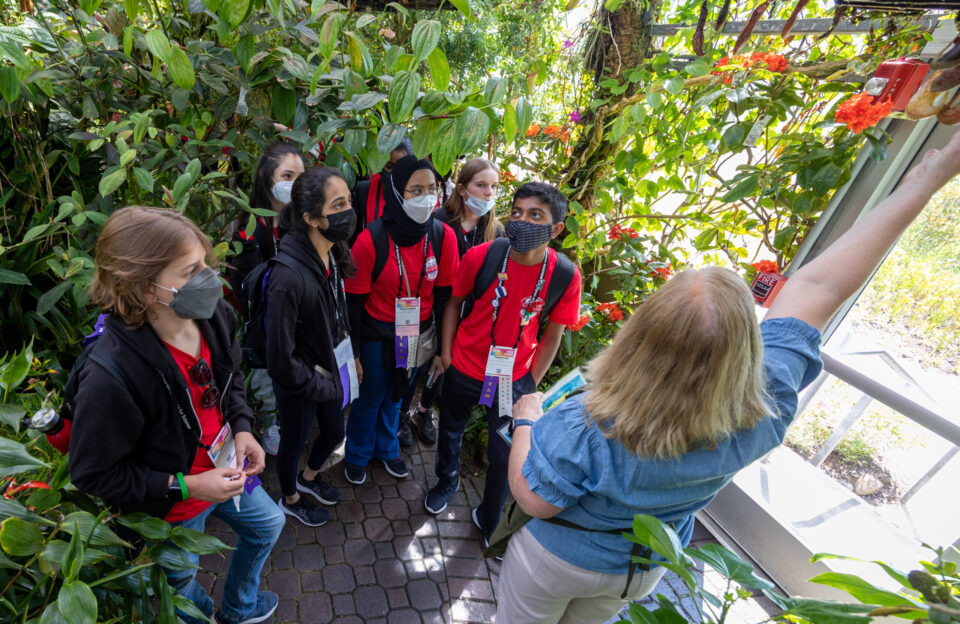Broadcom MASTERS International
Projects: STEM in the world. Solutions in your backyard
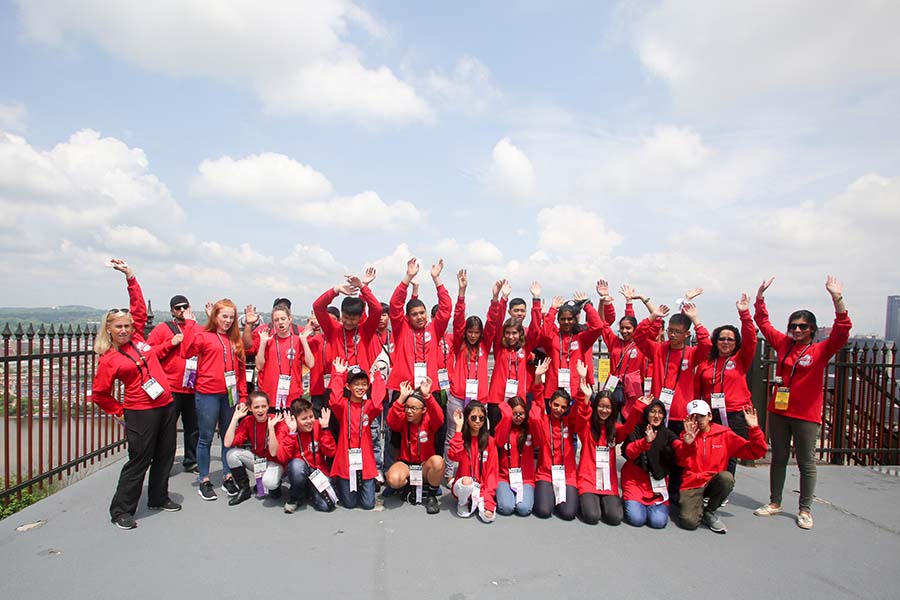
By S.C. Stuart
In an ornate conference room at the Omni William Penn hotel, Pittsburgh (built 1916), 24 young scientists, all between 12-14 years old, were going through their “elevator speeches,” coached by Paula Golden, President of Broadcom Foundation. They had come from as far afield as South Africa, India and China as part of Broadcom MASTERS International program, designed to give gifted students an extraordinary week of interdisciplinary STEM activities, as well as exposure to the premiere Intel ISEF competition.
All were confident in the science behind their projects. But, for most, English was their second language, so they were getting a jumpstart in presentation skills — the American Way: learning how to work the room, hold a microphone, keep eye contact with the audience, and deliver a clearly structured story with a set-up, experimentation details and a satisfying conclusion.
“Our theme this year,” said Paula, “Is Stem in Your World so we’ve asked them to examine challenging solutions in health, environmental and other concerns which impact their family, community and the planet as a whole.”
Making STEM Count
The projects ranged from the personal, through local community issues, and out into global solutions. Nicole Hirst, from the UK, suffers from narcolepsy, so developed a car seat cushion and head restraint to protect her from injury during excursions. Her work has already gained some interest from the UK’s national broadcaster, the BBC, and she’s seeking entrepreneurial guidance. “I want to start my own business,” she said, “And maybe I can start by bringing this product to market.” Innovation has no age limit — at either end of the spectrum.
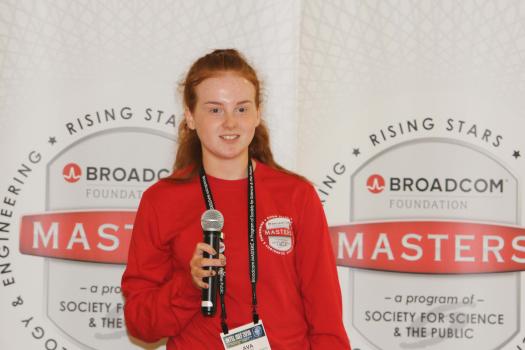
Ava Canney, from Northern Ireland, became concerned by the specific amounts of synthetic dyes used in everyday food and drink products. “I looked around at younger family members, like my cousins, and felt there might be links between hyperactivity and these chemical additives,” she said, kicking off her elevator speech with a personal story to hook the audience in. She then detailed her experiments, using a spectrometer, borrowed from the science department at her school, observing the light passing through the different isolated dyes, measuring wavelength, to ascertain the exact percentage of dye per product (manufacturers usually just list the ingredients, but not their amount).
“It’s shocking,” concluded Ava, who wants to be a chemical engineer when she grows up. “I’m thinking of publishing my research to help people understand what’s in the food they eat.”
Community Cures
Some of the projects moved on from personal experience or familial observation, to the community as a whole. Lalitha Pingali, from India, is engaged in citizen science to benefit her local area. “I’ve built a “Stink Map” helping my community identify bad smells associated with chemical pollutants in our environment, associated with garbage excess and air pollution,” she told the assembled delegates. “So they can take action.”
I’m thinking of publishing my research to help people understand what’s in the food they eat.
Emma Tan, from Singapore, is also focused on community issues. Her project proposes a reuse scenario for food waste, taking banana peels and sugarcane, both widely available in her country, and turning them into a substrate for microbial fuel cells, providing much needed, low cost, energy.
In a similar vein, Mariana Varela Maldonado, from Mexico, experimented with discarded peanut shells “Which do not degrade easily,” she pointed out, “So cannot be recycled as fertilizer, but they can be turned into a strong and stable building material.” Mariana’s hope is that this new substance can be used to create furniture – especially for her school, which needs new desks, and soon.
Combating Climate Change
Several projects concerned climate change and subsequent shifts in the delicate ecology of their home country. Ardilla Ayu Syahmina, from Indonesia, experimented with a more effective and eco-friendly biofungicide, after a recent mildew outbreak badly damaged her country’s apple crops.
Amogha Narayana, from India, also set out to make something similar: “Using kokum extract and soap nuts,” he said, “And testing them on plants, I discovered I could make a new bio-friendly weedicide. This decreases labor costs by 20% and causes no harm to the soil.” Teerapat Jeepetch, from Thailand, also wanted to protect his country’s crops. “Mealy bugs can destroy our sugarcane,” he explained, “So I researched an effect insect repellant from plant extract.”
In view of the world’s dwindling resources, their work is invaluable for the generations that follow.
Staying on the agricultural track, Te Hsuan Bu talked about delving deep into the roots of the pilose beggarticks plant in her native Taiwan: “Because my grandfather has a fruit farm and we wanted to know why this plant breaks so easily but comes back after two weeks and spreads everywhere. I wanted to learn the stem structure of the plant so we could control its effect more easily.”
For some delegates, solutions through science, are needed ASAP. Claudia Renta Ortiz, who, at the time of writing, still has family members without power in Puerto Rico after Hurricane Maria, spoke movingly about the impact of worsening environmental changes.
Pointing out that her country has: “The most biodiverse ecosystem on the planet – the coral reef,” Claudia’s project studied the relationship between a marine organism called zooxanthellae and its response to increasing temperatures and coral bleaching. “The coral reef is important for our community,” she explained. “They give oxygen to the water, act as a barrier to protect our shores from erosion and are home to thousands of marine creatures. As they get bleached, they slowly die.”
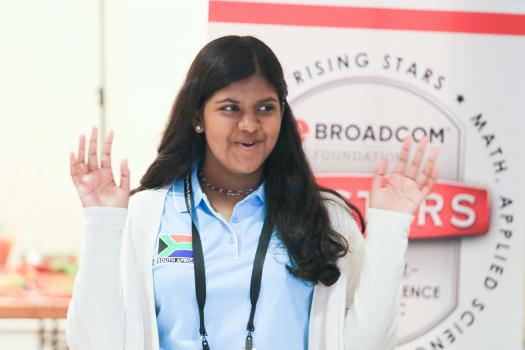
Wearables are Us
Of course there were plenty of tech-focused projects too, including from Rohan Mehta, from Canada, who created a kinetic energy harnesser. This used a wearable linear generator to collect electricity generated from someone as they walked, which could then power a 5V battery. At the podium, Rohan pointed to his slide, showing how the network, which he programed using C+ and code for the Arduino functioned and said, in tests, he’d proved: “That a 45 minute walk could take a cellphone charge from zero to 100 %.”
Also creating a network solution was Jeesung Lee, from South Korea. He’d noticed the amount of accidents which happen in Seoul as people stare into their phones, and built a local area network, on the human body, consisting of a bracelet embedded with sensors, which communicates with a cell phone, and sensors in the user’s shoe. “When there’s an obstruction,” he said, “An alert will go off, telling them there’s an obstacle in their path.”
Looking to the Future
As the project presentations wrapped up, the Broadcom MASTERS International delegates had gained valuable skills in presenting – as well as food for thought on what other middle school aged scientists had achieved. It was an impressive line-up.
“We want to explore both their passions as well as celebrate their commitment to their communities,” said Paula Golden, President of Broadcom Foundation. “In view of the world’s dwindling resources, their work is invaluable for the generations that follow. We see unlimited potential in our MASTERS here today.”
